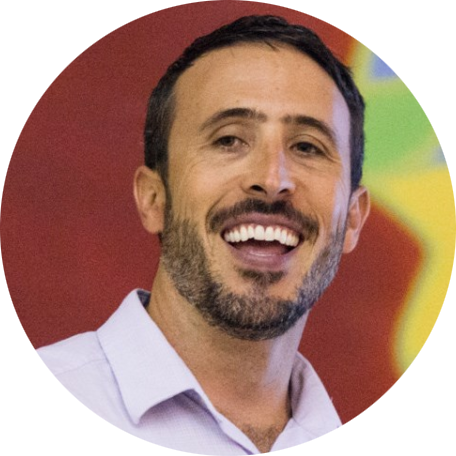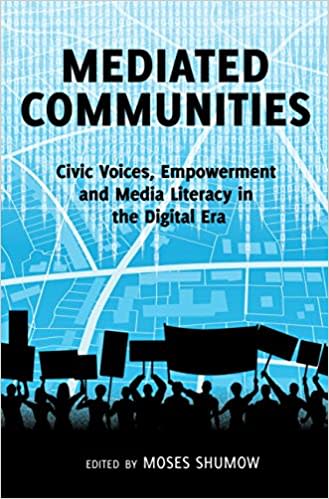About Moses Shumow
From its origin, the Social Justice & Media Symposium is dedicated to the life and work of Dr. Moses Shumow, a transformative scholar, educator and activist, who worked at the intersection of media, narrative, and social justice.
After his death in 2019, SJ+M was launched to bring students, faculty, and community stakeholders together to honor the work of Moses and to continue bringing young emerging media storytellers together with educators, researchers, and the community to expand dialog, collaboration, and a network of action.
Moses Shumow was a dedicated scholar activist. This is a list of some of his more influential and important work, including his documentary, books, and select writings.

Books
Mediated communities: civic voices, empowerment and media literacy in the digital era, edited by Moses Shumow, 2015.
Mediated Communities brings together a diverse, global cohort of academics and professional communicators to assess the current state of democratic mobilizing around the world and the ways in which protest movements are being transformed in the midst of a communication revolution. Contributors draw on a variety of international settings - from Greece to Lebanon, China to Argentina - to demonstrate the ways in which community organizing in the digital age relies increasingly on digital media to communicate, help participants find common ground, and fight for change. Contributors acknowledge the challenges that lie ahead for creating real and lasting democratic change, but at the same time are able to draw attention to the potential that digital media hold for strengthening citizen voices around the globe

Select Writings
“Why is it Here, of All Places?”: Debris cleanup, Black space, and narratives of marginalized geographies in post-Irma Miami-Dade, chapter by Moses Shumow in Climate Change, Media & Culture: Critical Issues in Global Environmental Communication, 2019.
By focusing on the aftermath of Hurricane Irma in a heavily urbanized region still bearing the markers of a segregated and racist past, this chapter examines three public narratives during a time of storm recovery and amid scenes of destruction and recovery that will become more familiar globally as climates, environments, and weather patterns continue to change. Narratives that are examined here include media coverage, official explanations from local governments for the decisions made related to debris placement, and outrage from citizens on social media.










